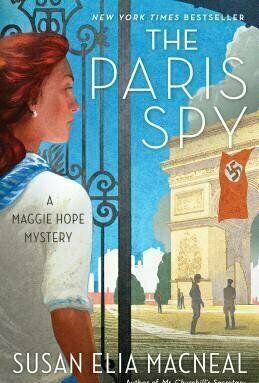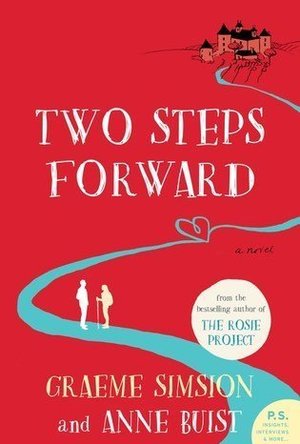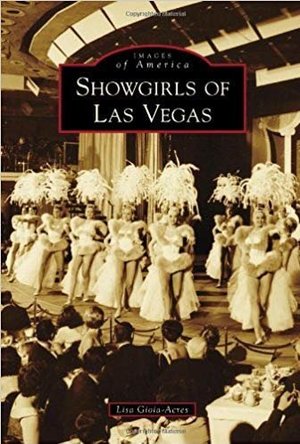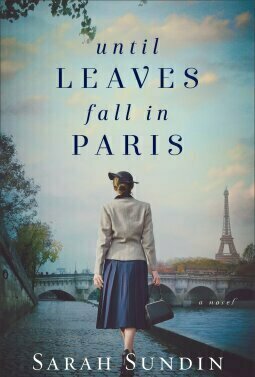
Qibla Compass
Navigation and Utilities
App
Qibla Compass accurately finds the exact direction of Qibla (Kaaba) from almost anywhere in the...

The Paris Spy (Maggie Hope Mystery, #7)
Book
Maggie Hope has come a long way since serving as a typist for Winston Churchill. Now she’s working...

Two Steps Forward
Book
Zoe, a sometimes artist, is from California. Martin, an engineer, is from Yorkshire. Both have ended...
Fiction Romance Travel

The Spaces In Between
Book
There is Truth and there are Lies; there is Fiction and there is Fact; there is Life and there is...

Avalon
Book
Prince Rumon of France, descendant of Charlemagne and King Alfred, is a searcher. He has visions of...

When Rose Wakes
Book
Her terrifying dreams are nothing compared to the all-too-real nightmare that awaits. . . .Ever...

Showgirls of Las Vegas (Images of America: Nevada)
Book
Little girls all over the world may hope to grow up to become a princess, but few ever realize the...

The Bastille Spy
Book
From the bestselling e-book sensation of The Thief Taker series comes a thrilling and sumptuous...
Historical Fiction Adventure Pre-Revolution Paris

Until Leaves Fall in Paris
Book
As the Nazis march toward Paris in 1940, American ballerina Lucie Girard buys her favorite...
Christian Fiction Romance HIstorical Fiction Historical Romance Nazi Germany
